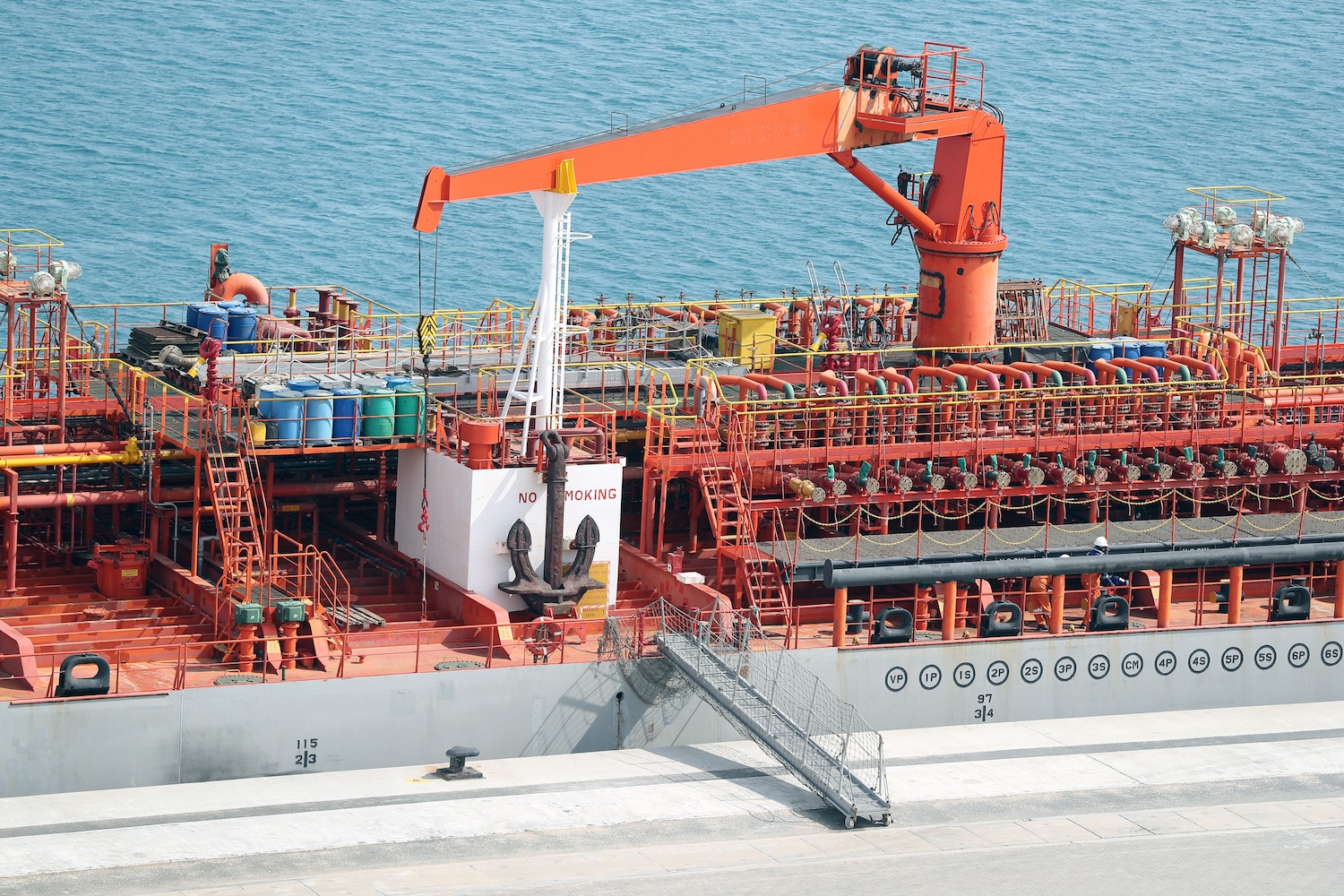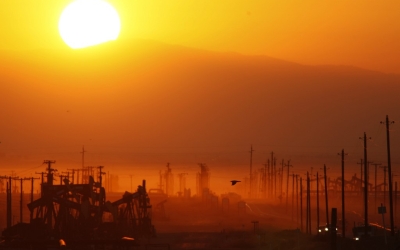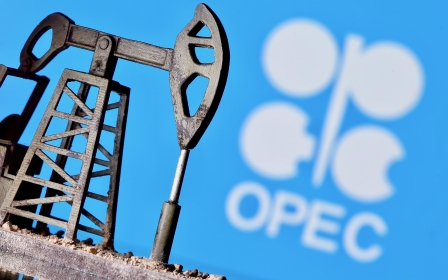Middle East to become major LNG supplier as global fossil fuel demand wanes: BP report

The Middle East is expected to become one of the world’s main suppliers of liquefied natural gas (LNG) as climate policies see a rapid decline in demand for oil and coal, leading to a shrink in fossil fuel consumption for the first time in modern history, BP said in its latest forecast.
BP’s 2020 benchmark Energy Outlook, published on Monday, underpins its chief executive Bernard Looney’s new strategy to “reinvent” the 111-year old oil and gas company by shifting to renewables and solar power.
This year, BP extended its outlook into 2050 to align it with the company’s strategy to slash the carbon emissions from its operations to net zero by the middle of the century.
'Never in modern history has the demand for any traded fuel declined in absolute terms'
- Spencer Dale, BP chief economist
The outlook includes three scenarios - Rapid Transition Scenario (Rapid), Net Zero Scenario (Net Zero), and Business-as-Usual scenario (BAU) - that assume different levels of government policies aimed at meeting the 2015 Paris climate agreement to limit global warming to “well below” two degrees Celsius from pre-industrial levels.
In both the Rapid and BAU scenarios, the Middle East, Africa and the United States become the main source of incremental liquefied natural gas supply, with developing Asia the dominant destination for these increasing exports, along with the EU, which remains an important balancing market for LNG.
However the booming LNG industry is also set to be a leading contributor to the climate crisis if all planned projects go ahead, US-based energy analysts and campaigners warn.
While the demand for oil for road transport in emerging markets continues to increase until the 2030s, this is increasingly offset by falls in the developed world.
The forecast comes as BP begins on Monday a three-day investor event where it will detail its energy transition strategy.
A shift to cleaner energy
Oil and gas, while remaining in demand for decades, will be increasingly challenged as society shifts away from its reliance on fossil fuels. In the longer term, demand for coal, oil and natural gas is set to slow dramatically, according to BP’s outlook.
Under the Rapid scenario, non-fossil fuels account for the majority of global energy sources from the early 2040s onward, with the share of hydrocarbons falling by more than half over the next 30 years.
Even with energy demand set to expand on the back of growing population and emerging economies, the sources of energy will shift dramatically to renewable sources such as wind and solar, said BP chief economist Spencer Dale.
“(The energy transition) would be an unprecedented event,” Dale told reporters. “Never in modern history has the demand for any traded fuel declined in absolute terms.”
The share of fossil fuels is set to decline from 85 percent of total primary energy demand in 2018 to between 20 percent and 65 percent by 2050 in the three scenarios.
At the same time, the share of renewables is set to grow from 5 percent in 2018 to up to 60 percent by 2050.
The outlook for gas is more durable than for coal or oil, helped by broad-based demand and the increasing availability of global supplies.
By 2050, Middle Eastern and US gas production will be largely unchanged from their 2018 levels, with marked falls in domestic demand offset by increased exports, much of which will be in the form of liquefied natural gas.
Qatar is currently a leading producer of LNG in the world, accounting $45.3bn (62 percent) of the country’s $73.1bn in export revenues.
Yet continued increases in demand for LNG is controversial amid a deepening global climate crisis.
A 2019 report on global projections of rising LNG production over coming decades from Global Energy Monitor said: "Such an expansion is... incompatible with the IPCC’s warning that, in order to limit warming to 1.5°C above pre-industrial levels, gas use must decline 15 percent by 2030 and 43 percent by 2050, relative to 2020."
Coronavirus and sanctions
Global economic activity will only partially recover from the coronavirus pandemic over the next few years as travel restrictions ease, the report predicted. But some “scarring effects” such as working from home will lead to slower growth in energy consumption, according to BP.
The growth in global economic activity is also expected to slow “considerably” over the next 30 years from its past 20-year average, due in part to the worsening impact of climate change on economic activity, particularly in Africa and Latin America, the report added.
Under its central Rapid scenario, BP forecasts Covid-19 will knock around 3 million barrels per day (bpd) off by 2025 and 2 million bpd by 2050.
In its two aggressive scenarios, Net Zero and BAU, Covid-19 accelerates the slow down in oil consumption. In the third scenario, oil demand peaks at around 2030.
Oil producing countries in the Middle East have been feeling the pain of both tumbling energy prices and the coronavirus.
According to the global energy review published by BP earlier this year, OPEC production of oil fell by 2 billion bpd, the group’s steepest decline since 2009.
Much of the sharp decline was attributed to a combination of “sanctions and economic difficulties” in Iran, Saudi Arabia and Venezuela, it said.
Middle East Eye propose une couverture et une analyse indépendantes et incomparables du Moyen-Orient, de l’Afrique du Nord et d’autres régions du monde. Pour en savoir plus sur la reprise de ce contenu et les frais qui s’appliquent, veuillez remplir ce formulaire [en anglais]. Pour en savoir plus sur MEE, cliquez ici [en anglais].






